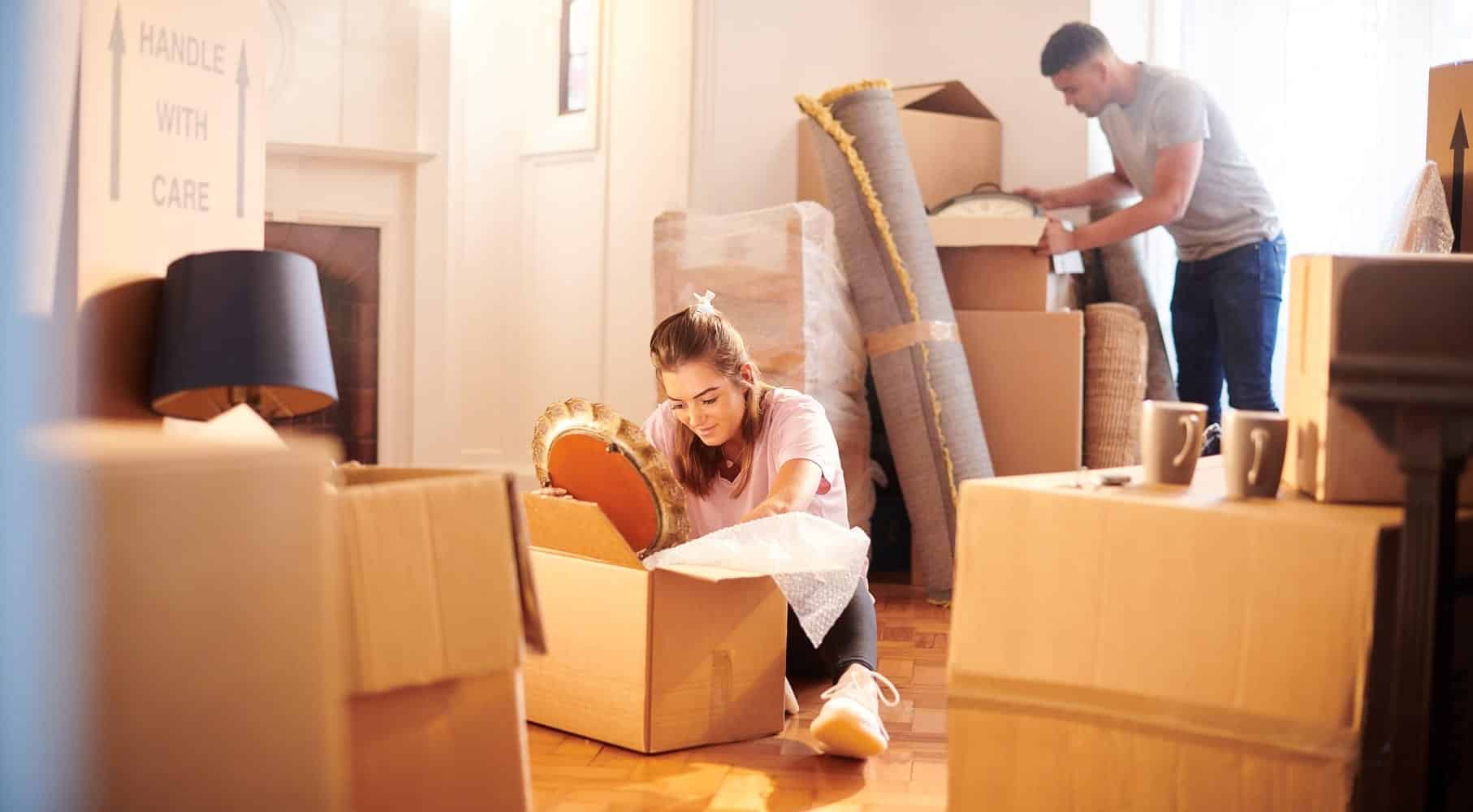How To Move Plants Long Distances When Moving Apartments?
Moving is never simple, but when you add the complication of considering the requirements of living things like pets and plants, the endeavor can feel incredibly overwhelming.
I would like to know about the health of your plant companions. Keeping your pets happy and healthy should be a top priority throughout the moving process.
The following is a rundown of some tried-and-true methods for preserving your plants’ health while moving them to their new location.
How should I go about transplanting my plants so that they thrive?
1) Make the planning of your plants a top priority.
Your plants will benefit from thorough pruning a few weeks before the safe move when you should remove any dead branches or leaves. A week before you move in, clear away any clutter, pests, and weeds that may be present.
2) The re-wrapping of the pot in a plastic
Move your plants into lighter plastic pots a few weeks before moving day to reduce the strain on your back caused by lifting heavy plant containers.
3) Always keep an eye on the weather forecast
It is recommended that you transport your plants in a climate-controlled environment, such as your car, if this must get done. Remember to bring your houseplants inside with you if you’re spending the night in a hotel or motel (this is especially important if the weather is unusually warm or cold).
4) Check to see that there is sufficient water available
Plants have difficulty adjusting to either hot and dry or cold and wet conditions. Plants have difficulty staying comfortable even when transported in a vehicle with climate control.
If you are moving during the summer, take special care to thoroughly water all your plants on a house moving day while you are away from home.
To prevent the soil from becoming soggy while you are gone during the winter, give your plants a hefty dose of water one final time just a few days before you leave.
5) Always show respect for the legal system
Check with the local customs office before you safely move across the world with your houseplants to see if any of your favorites are on the list of items that cannot be brought in.
Due to measures taken to control pests and regional restrictions on cultivating certain plants, the Australian Department of Agriculture mandates that plant materials cross state lines get subjected to inspections.
Several states carry out plant inspections, Australia being one of the most stringent.
6) Don’t rely on professional movers to get the job done
Many moving companies will not transport your plants along with the other household goods because of these regulations and the risk of liability.
Be wary of the fact that if you pack your plants and have the movers transport them without your knowledge, this could result in the termination of your contract with the movers as well as the invalidation of any insurance policy you may have in place if any of your other equipment is damaged.
7) Make it available to them
It is possible to send plants to their destination ahead of you via mail; however, doing so poses some dangers to the plants’ health.
The plants need to get removed from their pots, their roots should get trimmed, and the root balls should be wrapped in a damp towel and then in plastic. Before placing the plant inside the sturdy new box, ensure it is well protected by covering it in plenty of newspaper and bubble wrap (really, stuff the box to the brim and lock it down).
Before you send the box on its way, make sure that it is labeled with as many warnings as possible, including “Fragile,” “Live Plant,” and “This End Up.” If you want to ensure the box stays upright, you can always put some weight on the bottom of it.
Wrapping Up:
It would help if you kept your head shaved. If your favorite plants have become firmly established in the yard or are too large to move, consider supporting a cutting and attempting to re-grow them at your new home. You can do this by following the above steps.
They should be out in the field. Even if your plants can get moved, you should arrange to give away some healthier specimens to family, friends, and neighbors before you relocate.
